What is MAPP gas? MAPP gas is a fuel gas based on a stabilized mixture of methylacetylene (propyne), propadiene and propane. MAPP gas is commonly acknowledged as a more secure and user-friendly alternative to acetylene, mainly used for industrial gas cutting.
The use of MAPP gas
MAPP gas can be used with oxygen for heating, soldering, brazing, and even welding because a MAPP gas torch can reach a maximum flame temperature of 2925 °C (5300 °F) in oxygen. While acetylene has a slightly higher flame temperature, MAPP gas offers the advantage of not requiring any dilution or special container fillers during transportation. However, when it comes to welding steel, a MAPP/oxygen flame may not be the ideal choice due to the high concentration of hydrogen in the flame. This hydrogen can cause brittleness in the welds when it infuses into the molten steel. However, for smaller-scale welding of steel parts, the escape of hydrogen is not a major issue, allowing MAPP/oxygen to be utilized effectively. MAPP/oxygen can also be used in underwater cutting, which requires high gas pressures. However, exothermic cutting has largely replaced oxy/fuel gas cutting underwater due to its faster and safer performance. MAPP gas is also particularly advantageous for brazing and soldering applications when mixed with air. Its higher combustion temperature in the air gives it a slight edge over competing propane fuel options.
The MAPP gas and propane gas are both significant fuel gases but with noble distinctions. Propane is a fuel gas commonly used as LP gas. It is a flammable, hydrocarbon gas composed of hydrocarbons. Propane has the unique property of being able to be liquefied under low-pressure conditions. It is obtained through the processing of natural gas and refining of petroleum oil. MAPP gas is MethylAcetylene-Propadiene Propane. It combines several hydrocarbon compounds such as propyne, propane, and propadiene. It is a colorless gas with an acetylene-like odor.
The key difference between MAPP gas and propane lies in their composition. MAPP gas is formed by propyne, propane, and propadiene, while propane is composed of propane molecules. Moreover, they also differ in some properties. One such distinction is their flame temperature, which refers to the maximum temperature the flame can reach. MAPP gas generally burns at a higher MAPP gas temp compared to propane. Another difference is the burning temperature, which is the minimum temperature required to ignite the gas. MAPP gas generally has a lower ignition temperature compared to propane. Further, odor is another contrasting aspect. Propane gas typically has a distinct odor added to facilitate the detection of gas leaks, whereas MAPP gas might not have this odor due to variations in its composition.






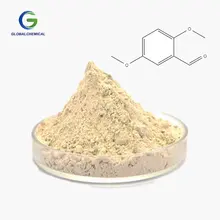




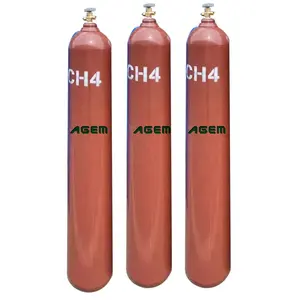

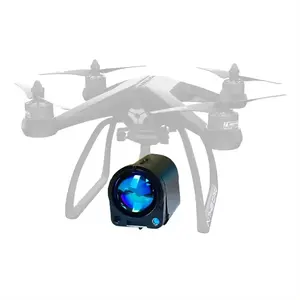
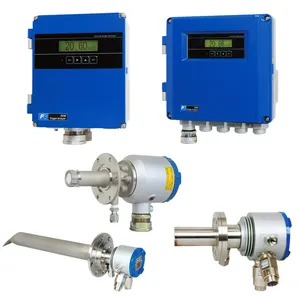
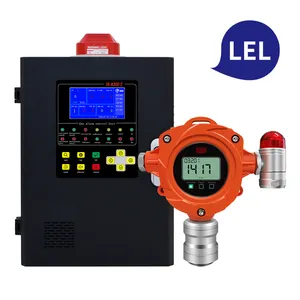
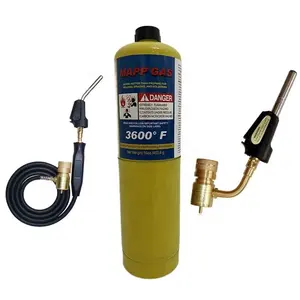
























 浙公网安备 33010002000092号
浙公网安备 33010002000092号 浙B2-20120091-4
浙B2-20120091-4